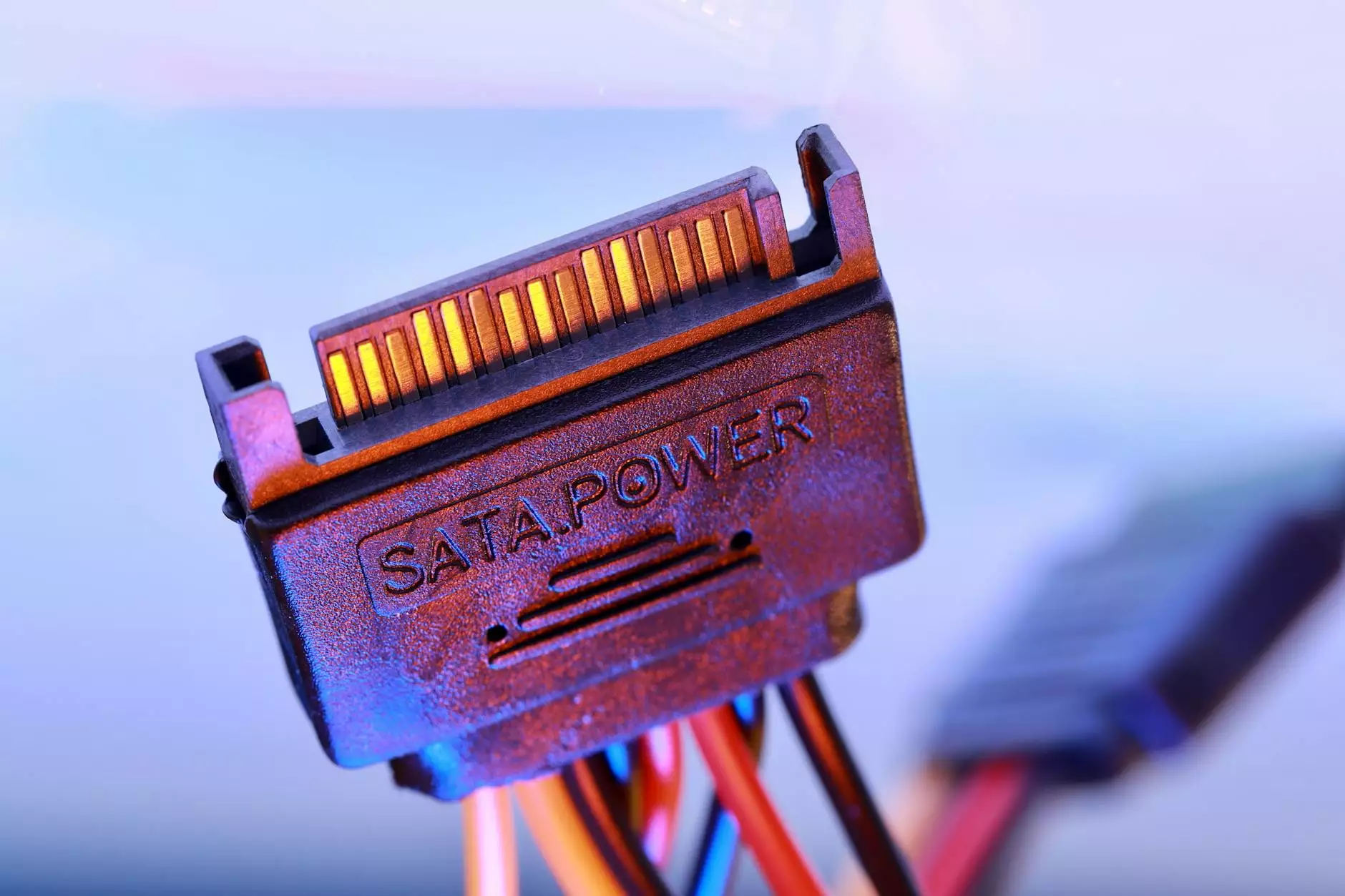The Importance of Fire Service Radio Communications

Effective communication is the backbone of successful emergency responses, particularly in fire service operations. Understanding the intricacies of fire service radio communications is crucial to enhancing operational effectiveness and ensuring the safety of both first responders and the community. In this article, we will delve into the various aspects that define fire service radio communications, explore the technology involved, and discuss how telecommunications can significantly impact the efficiency of the fire service.
Understanding Fire Service Radio Communications
Fire service radio communications refer to the systems and processes that enable seamless communication between fire departments, other emergency services, and command centers during incidents. These communication systems are built to withstand the pressures of emergency situations, where every second counts.
The Role of Technology in Fire Service Communications
Advancements in technology have made it easier than ever to maintain effective communication during emergencies. Fire service radio communications leverage a range of technologies, including:
- Analog and Digital Radio Systems: Traditional analog systems are still widely used, but advances in digital radio systems, such as P25 and DMR, offer improved clarity and security.
- Dispatch Systems: Modern dispatch systems integrate radio communications with computer-aided dispatch (CAD) technology, optimizing response times by providing real-time information to first responders.
- Mobile Data Terminals (MDTs): These devices allow fire personnel to access vital information, including building plans and incident data, while on the scene.
- Interoperability: The ability of different fire agencies and emergency services to communicate seamlessly across various platforms is crucial during large-scale incidents.
Key Components of Fire Service Radio Communications
Several key components ensure the efficient functioning of fire service radio communications. These include:
1. Radio Frequency Spectrum
The radio frequency (RF) spectrum is a vital component that determines how effectively fire service communications can operate. Fire departments typically operate on specific frequencies that are designated for emergency communication, ensuring minimal interference with other services.
2. Base Stations and Repeaters
Base stations act as central communication hubs, while repeaters extend the coverage of radio signals, ensuring that firefighters can maintain contact over larger distances. Properly placed repeaters can significantly enhance coverage in urban settings, ensuring that all personnel remain connected.
3. Portable and Mobile Radios
Firefighters use a combination of portable radios for on-scene communications and mobile radios installed in fire engines. The functionality and durability of these devices are paramount, as they must withstand harsh environments.
4. Communication Protocols
Effective communication protocols are essential for ensuring clarity during operations. Fire service radio communications rely on structured protocols that dictate how information is shared, including the use of clear language and standardized reporting procedures.
Best Practices for Fire Service Radio Communications
Implementing best practices can significantly enhance the reliability and effectiveness of fire service radio communications:
- Training and Drills: Regular training for personnel on the use of radio systems and communication protocols is essential. This should also include simulated drills to prepare for actual emergencies.
- Clear Messaging: Encourage the use of simple, unambiguous language during communications to avoid misunderstandings.
- Check-in Procedures: Establish routine check-in procedures during incidents to maintain accountability and ensure all team members are accounted for.
- Incident Command Structure: Adopt an organized incident command system to streamline communications and define roles clearly.
Challenges in Fire Service Radio Communications
Despite advancements in technology and protocols, several challenges continue to hinder fire service radio communications:
1. Signal Interference
Modern urban environments often present obstacles such as buildings and other structures that can interfere with radio signals. This can lead to poor communication quality and dead zones, making it critical to conduct regular assessments of coverage.
2. Equipment Maintenance
Ensuring all communication equipment is functioning properly is a constant challenge. Regular maintenance and timely upgrades are necessary to avoid equipment failures during critical incidents.
3. Funding Issues
Many fire departments face budget constraints affecting their communication infrastructure. Securing funding for modern communication systems is crucial for maintaining effective operational capabilities.
Future Trends in Fire Service Radio Communications
As technology continues to evolve, new trends are emerging in fire service radio communications:
1. Integration of Next-Gen Technologies
The advent of technologies such as 5G networks and the Internet of Things (IoT) opens doors for more robust communication systems that can provide real-time data analytics during emergencies. This integration will facilitate better decision-making and responsiveness from fire departments.
2. Enhanced Interoperability Solutions
As incidents often involve multiple agencies, enhanced interoperability solutions that allow for seamless communication between different fire and emergency service providers are a focus of development. This is critical for coordinated responses during large-scale incidents such as wildfires or natural disasters.
3. Emphasis on Cybersecurity
As communication systems become more connected, the need for robust cybersecurity measures increases. Protecting fire service radio communications from cyber threats is an emerging priority for ensuring operational security.
Conclusion
In conclusion, fire service radio communications are pivotal in ensuring the success of emergency responses. The integration of advanced technology, adherence to best practices, and continuous training can greatly enhance communication systems. By staying ahead of challenges and embracing emerging trends, fire departments can improve their operational effectiveness and safeguard the communities they serve. As we move forward, the collaboration between telecommunication experts and fire service professionals will be vital in developing next-generation solutions that ensure first responders can communicate effectively in every situation.
For more information and solutions related to fire service radio communications, visit teleco.com









